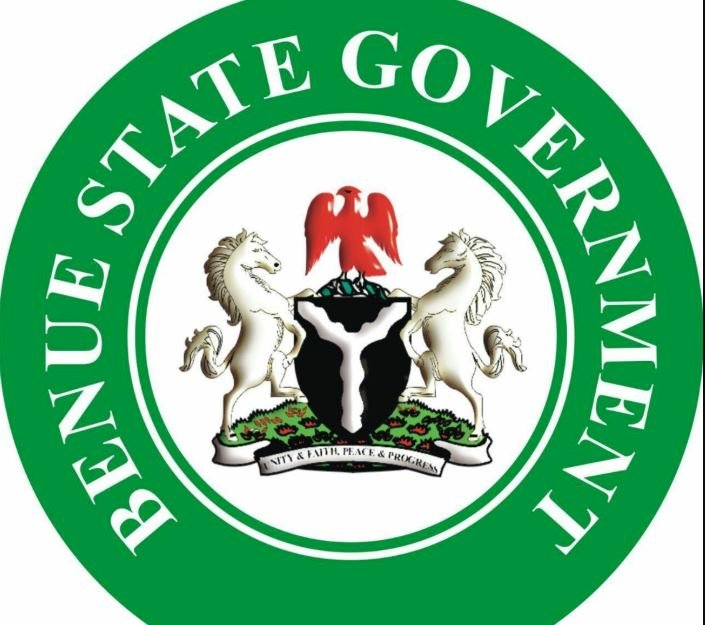The population of Benue State in 2025 is projected to be approximately 6.62 million, with an annual growth rate of 2.5% since 2022, when the population was estimated at 6.14 million.
Benue state is one of the key agricultural hubs and one of the most populated states in Nigeria’s North Central region.
The state remains predominantly rural, with urban centers like Makurdi, Gboko, and Otukpo experiencing faster growth compared to smaller towns and villages.
READ ALSO: Facts About Bayelsa State Population In (2025)
How Has Benue State’s Population Changed Over The Years?
Since Benue was established in 1976, it has seen steady growth, influenced by different factors. The population of Benue State was recorded at around 2,753,077 during the first official census after its establishment in 1991.
Fifteen years later, during the 2006 census, the population increased to 4,253,641, which was a growth rate of about 54.5% over the 15 years.
The rise in population during this time was linked to improvements in health services and education, which contributed to better living conditions and a higher birth rate.
By 2022, the population was estimated to have reached approximately 6,141,300. This showed a continued upward trend with a growth rate of about 44.4% from 2006 to 2022.
The state’s growth during this period was influenced by high fertility rates. Benue State is known for its agricultural opportunities, which attract people from neighboring areas looking for better economic prospects.
As of January 2025, the population of Benue State is projected to be around 6,619,000. With an annual growth rate of about 2.5% since 2022, the steady increase is attributed to factors like a high fertility rate, which remains one of the highest in Nigeria.
Additionally, improvements in healthcare services have contributed to lower mortality rates, particularly among children, which has also supported population growth.
READ ALSO: Facts About Bauchi State Population In (2025)
Benue State Population By Local Government Area
| No | Local Government Area | Population Projection (2025) |
|---|---|---|
| 1 | Ado | 286,476 |
| 2 | Agatu | 179,743 |
| 3 | Apa | 150,425 |
| 4 | Buruku | 320,562 |
| 5 | Gboko | 561,818 |
| 6 | Guma | 301,785 |
| 7 | Gwer East | 262,273 |
| 8 | Gwer West | 190,366 |
| 9 | Katsina-Ala | 351,086 |
| 10 | Konshisha | 352,682 |
| 11 | Kwande | 387,228 |
| 12 | Logo | 264,252 |
| 13 | Makurdi | 467,431 |
| 14 | Obi | 153,523 |
| 15 | Ogbadibo | 203,851 |
| 16 | Ohimini | 110,141 |
| 17 | Oju | 262,058 |
| 18 | Okpokwu | 272,936 |
| 19 | Oturkpo | 414,489 |
| 20 | Tarka | 123,429 |
| 21 | Ukum | 337,512 |
| 22 | Ushongo | 298,528 |
| 23 | Vandeikya | 365,932 |
The Demographics Of Benue State In 2025
Age
| Age Group | Population Estimate | Percentage |
|---|---|---|
| 0–14 | 2,600,000 | 39.2% |
| 15–24 | 1,200,000 | 18.1% |
| 25–54 | 2,200,000 | 33.2% |
| 55+ | 619,000 | 9.4% |
Gender
| Gender | Population Estimate | Percentage |
|---|---|---|
| Male | 3,290,000 | 49.7% |
| Female | 3,329,000 | 50.3% |
Ethnic
Benue State is home to different ethnic groups:
| Ethnic Group | Population Estimate | Percentage |
|---|---|---|
| Tiv | 4,300,000 | 65.0% |
| Idoma | 1,200,000 | 18.1% |
| Igede | 600,000 | 9.1% |
| Other | 519,000 | 7.8% |
Urban And Rural Population
| Area | Population | Percentage |
|---|---|---|
| Urban | 1,200,000 | 18.1% |
| Rural | 5,419,000 | 81.9% |

